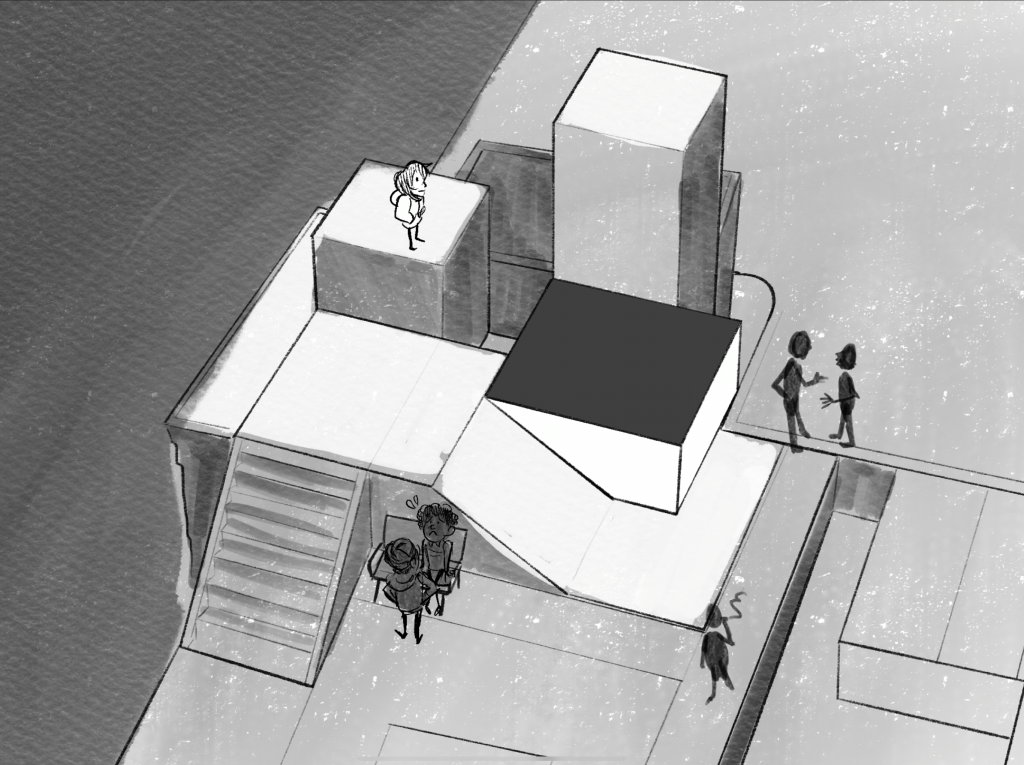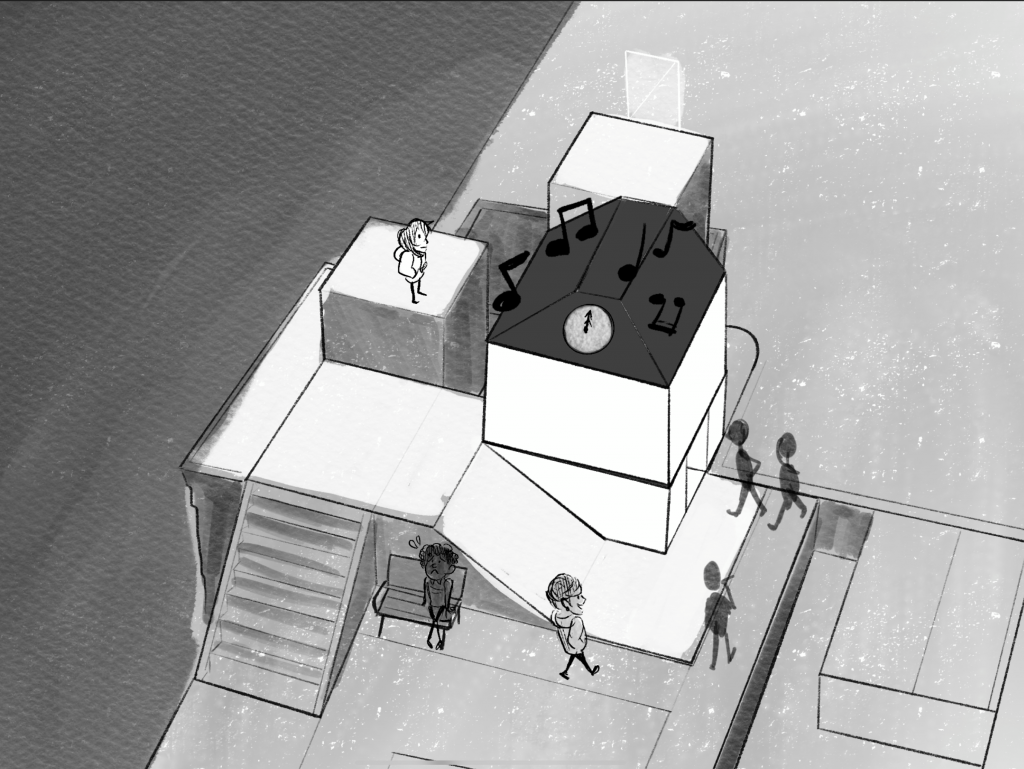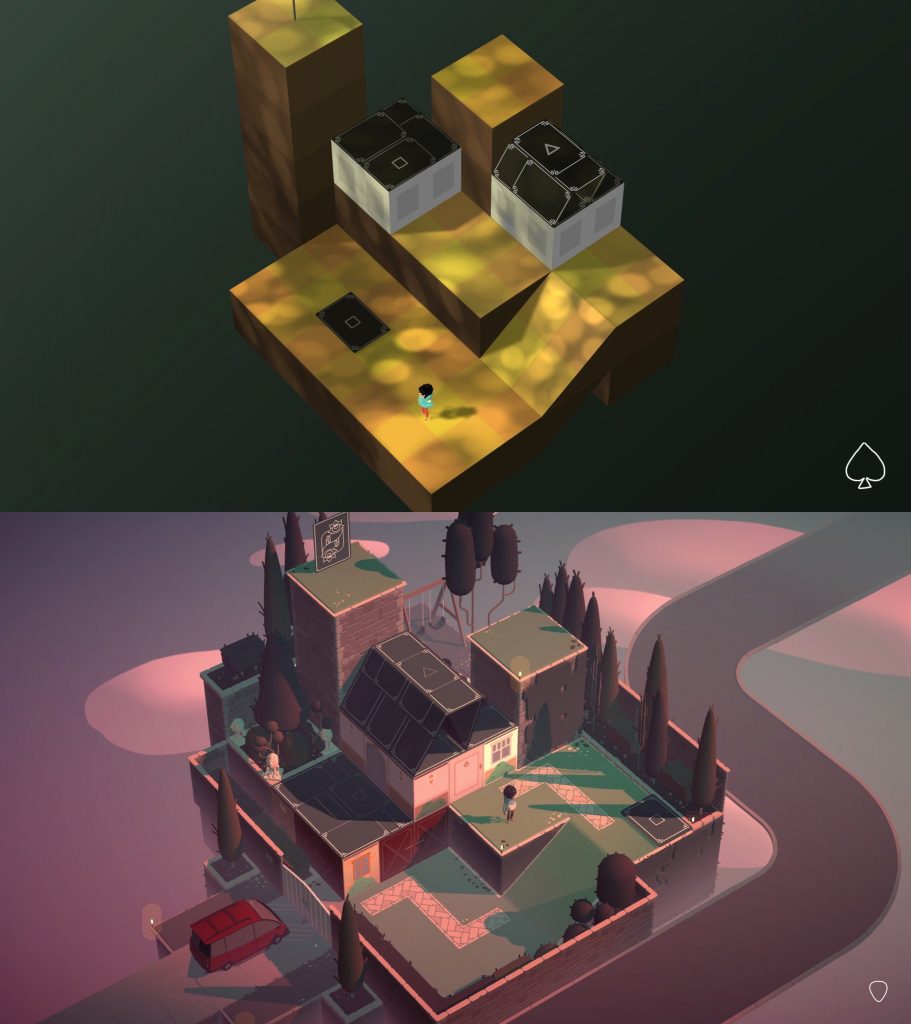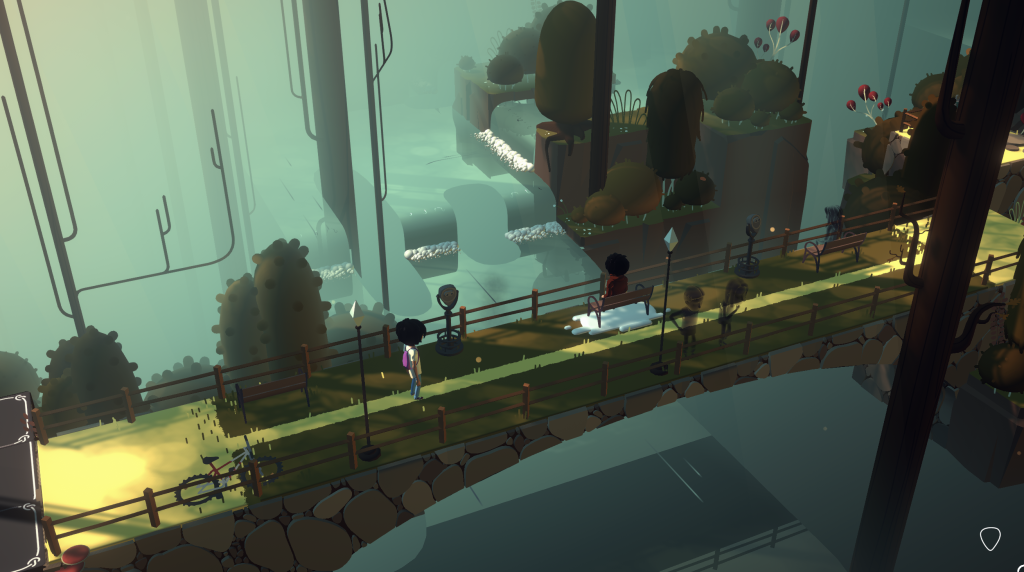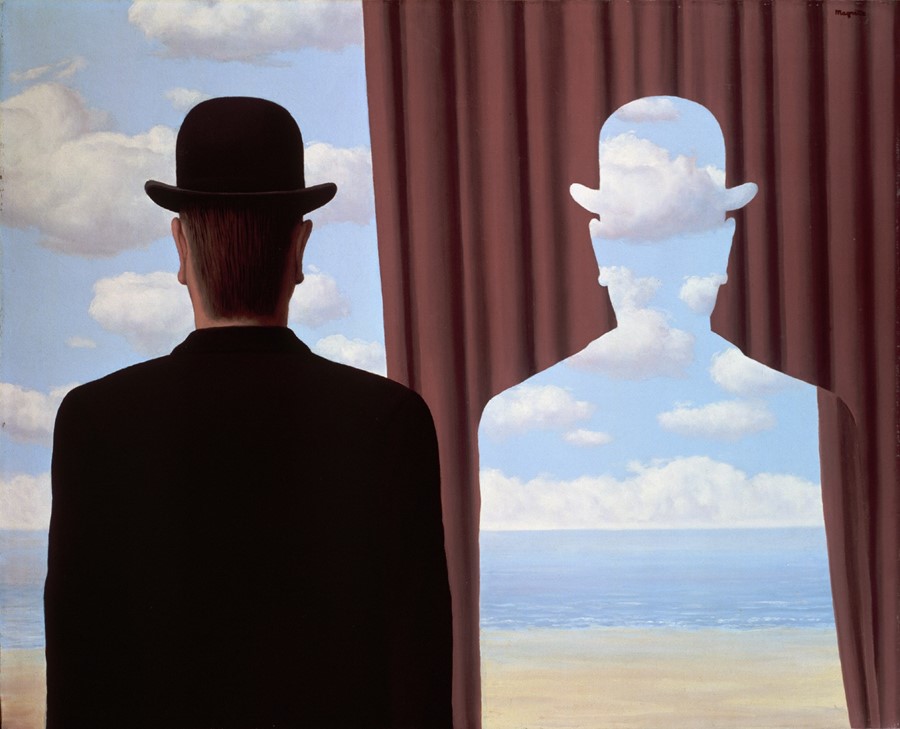Where Cards Fall – Narrative Design
Intro
Where Cards Fall is a puzzle game for the Apple Arcade (iOS, Mac, Apple TV) that had a development cycle of over 7 years with a strong emphasis on making satisfying touch-control mechanics and challenging levels for most of its timeline. A loose narrative outline was written over the course of its creation, and while it served as a base emotional core for the overall direction of the game, it was in desperate need of an editing pass.
During my first few months at The Game Band, I collaborated heavily with Sam Rosenthal and Mikhael Fallik (the creative director and executive producer, respectively) on how to best marry the plot outline with existing puzzles while trimming away redundant story beats and streamlining the narrative into what the story was really about: a coming-of-age story reflecting on the joys and heartaches of finding your passion and growing into adulthood.
Tying Abstract Puzzles to Narrative
The core game mechanic of Where Cards Fall involves getting the nameless player character to a goal point by building houses and other structures out of cards. The order in which these puzzles played out was important, because it taught the player core game mechanics that built upon itself, slowly ramping up in difficulty. During this more abstract phase, I played with how the story could play out in a puzzle. Do story elements show up while you’re playing a level? Does the story evolve as you play? What happens when you get ‘inside’ a building?
For Where Cards Fall, we took a major less-is-more approach to the story and emphasized on environmental storytelling, so it was pivotal to give the story outline to the artists quickly. Since much of the story took place in interiors, it only made sense to tie the puzzle levels to an outdoor environment that reflects these story-interiors: a school yard for a cafeteria, a hip arts district neighborhood for a college house party, etc. I divided up the plot outline into three categories: interiors, exteriors, and thought-levels.
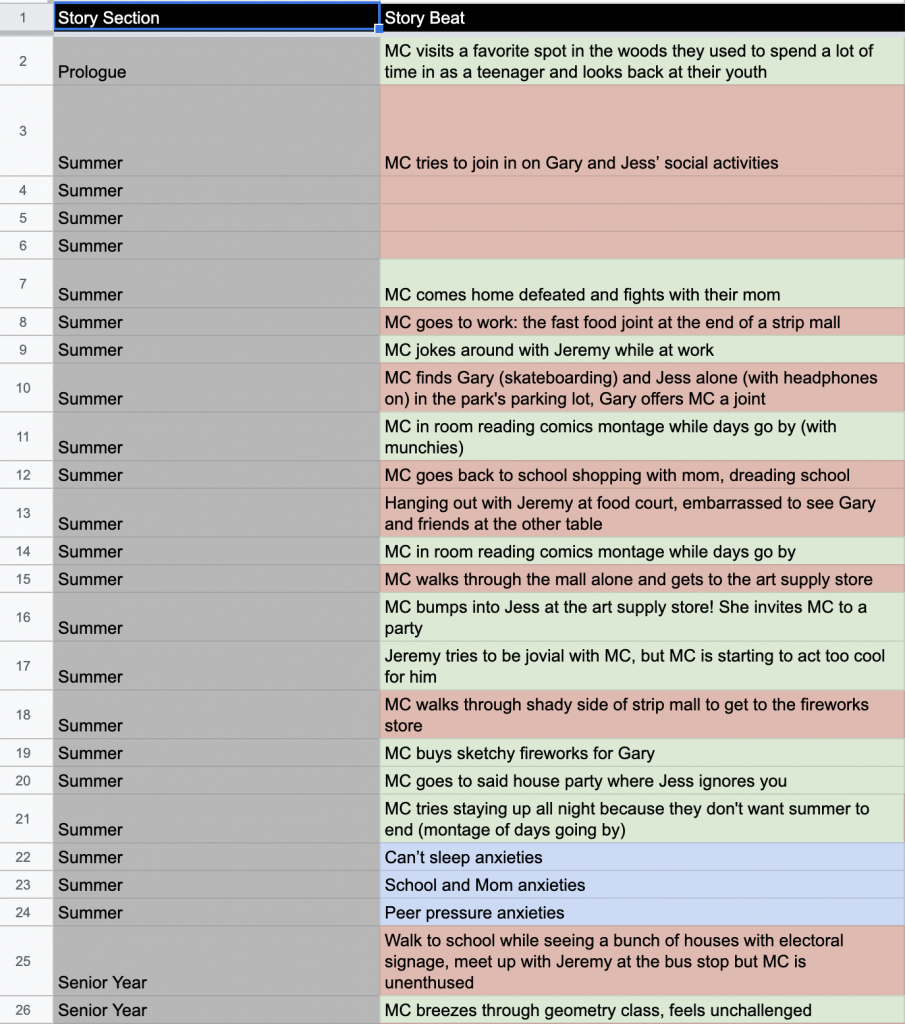
Once we were satisfied with the story direction and its narrative beats, I was able to tie each bullet point of story with each existing puzzle level. Since the gameplay is directly tied to cards and there were 52 total puzzles in this level, it only made sense to make the ‘goal point’ a magical card that allows the main character to wander inside the building. I used cartomancy, a type of fortune telling that puts meaning into a standard deck of cards, as a subtle way to say what is happening in the story.

And here is the final result compared to what it looked like when I first started at the Game Band in November 2018.
Solutions for Story Clarity
At the latter half of Where Cards Fall‘s production, we wanted to hone in on the surreal nature of the visual narrative because we weren’t sure how players would interpret the progression of interior-scene-to-interior-scene by walking from room-to-room. To emphasize on the dream-like nature of the game, Sam and I collaborated together that addressed this story-concern: the protagonist, as an older adult, sits somewhere in each puzzle, facing away from the camera, like they’re reminiscing an old memory.
To further reinforce this memory motif, I built-from-scratch these bookend cinematic scenes that introduces the anachronistic nature of the story from the start, based on an older narrative plot point where the protagonist looks to a lake to think about how their life unfolded.
It also served as a mini-tutorial, where the player must tap on the screen in order to get the game started, and tap on a location to move the main character into place. This cinematic sequence was then further seeded throughout the story, especially in instances where the protagonist goes through a major life event. Combined, this tied together gameplay and narrative into a single scene.
By including this small snowy-bench sequence, the magical-surrealism of Where Cards Fall is ultimately heightened, as a reminder to players that this game is about memories, dreams, and growing-up.
